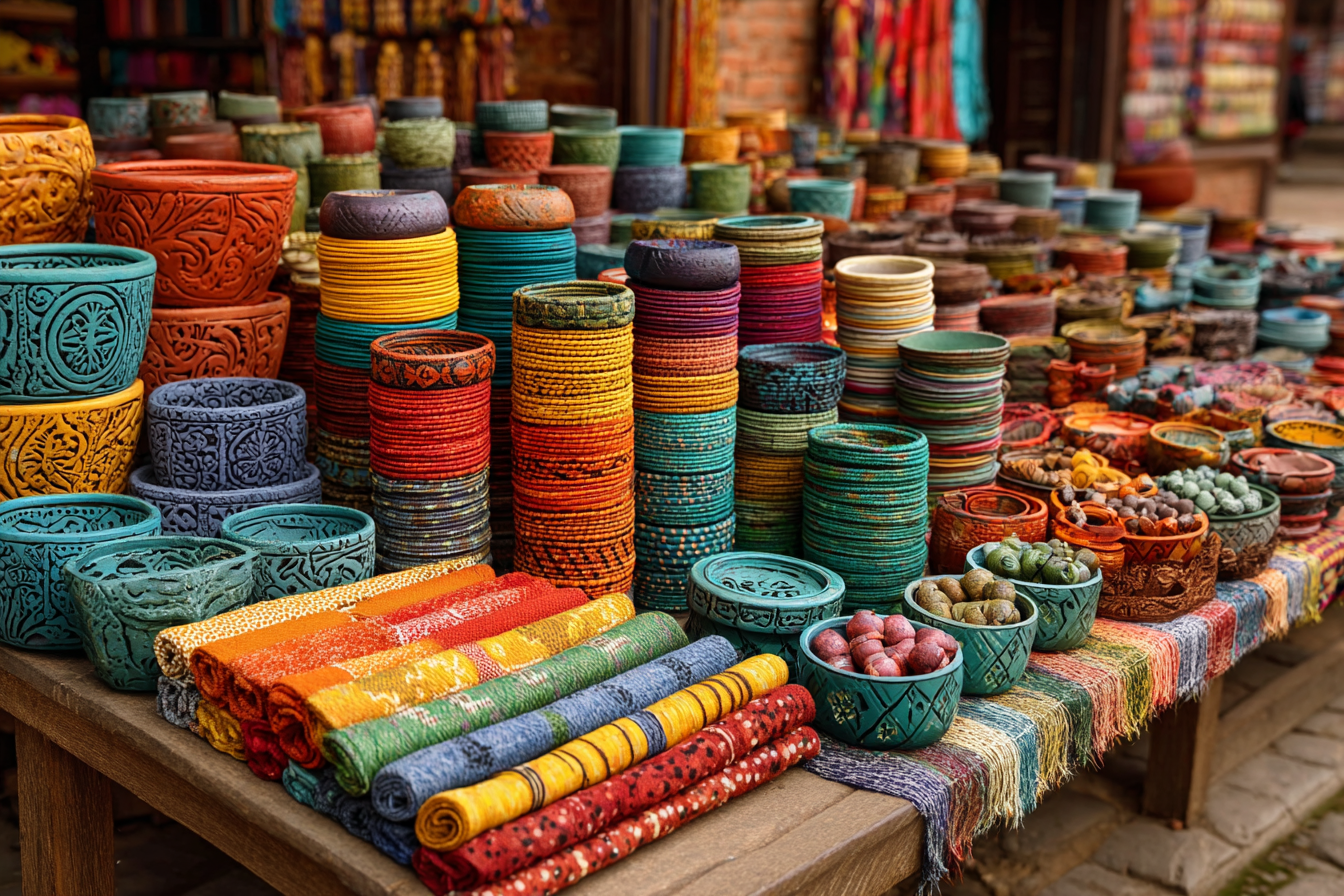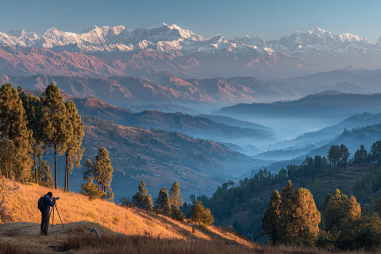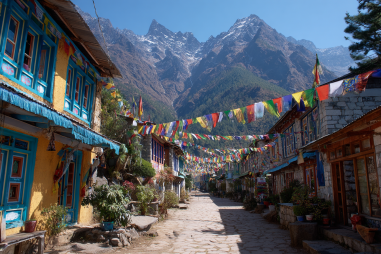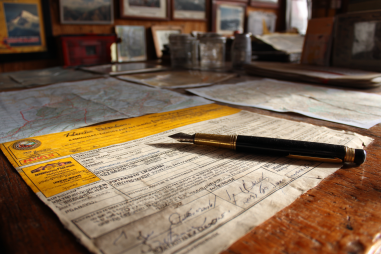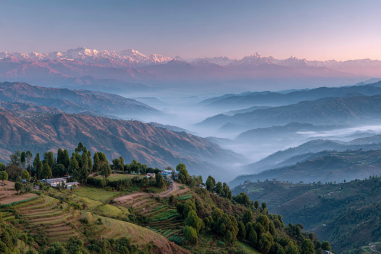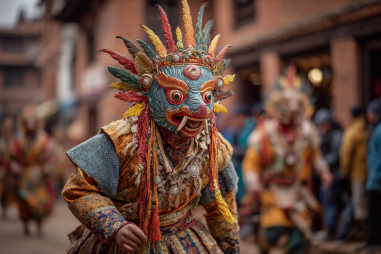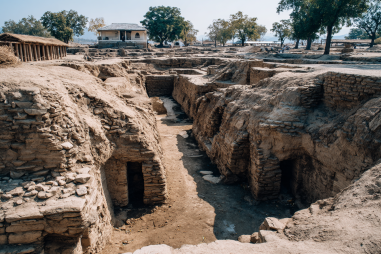Bhaktapur, an ancient city nestled in the Kathmandu Valley of Nepal, is not only famous for its rich history and stunning architecture but also for its vibrant handicrafts tradition. Each alleyway and market square is alive with the colors, textures, and creativity of local artisans who have carried their craft through generations. If you’re planning a visit or simply want to bring home a piece of Nepal’s cultural heritage, knowing where and how to shop for authentic Bhaktapur handicrafts can make all the difference. This guide is here to help you explore the rich variety of arts, discover reputable shopping spots, and support the talented artisans who pour their heart into every piece.
Exploring the Rich Tradition of Bhaktapur Handicrafts
Bhaktapur’s handicrafts are steeped in centuries of tradition, reflecting the city’s devotion to preserving ancient art forms. The city is renowned for producing exquisite items that showcase Nepal’s unique blend of Hindu and Buddhist influences. Handicrafts in Bhaktapur are not just souvenirs; they are pieces of living history, telling stories of culture and craftsmanship. By purchasing these authentic creations, you not only get a beautiful item but also contribute to sustaining a vibrant artisanal community.
Types of Bhaktapur Handicrafts You Should Know About
Bhaktapur offers a stunning variety of handicrafts made with skill and attention to detail, often using time-honored techniques. Here are some key types you will find:
- Pottery: Bhaktapur is famously known for its traditional pottery. Artisans create everything from everyday pots and bowls to beautifully decorated ceremonial vessels. The iconic red clay pottery, often unglazed, is a symbol of the city’s craft heritage.
- Woodwork: The intricate wood carvings seen on the doors, windows, and temples of Bhaktapur are mirrored in the smaller wooden crafts you can buy. From finely carved statues and masks to household items like bowls, trays, and decorative panels, the woodworks are exquisite and detailed.
- Textiles: Local weavers produce handwoven fabrics, including dhaka cloth—a brightly colored patterned textile native to Nepal. You will find scarves, bags, and traditional clothing made from these vibrant textiles. These pieces are not only beautiful but also symbolize the cultural identity of the region.
Where to Shop for Authentic Bhaktapur Handicrafts
Finding genuine handicrafts can sometimes be tricky, especially in popular tourist spots where mass-produced items can be mistaken for handcrafts. In Bhaktapur, several markets and shops stand out for their authenticity and connection to local artisans:
- Patan Durbar Square Market: Though technically in Patan, the proximity to Bhaktapur and shared cultural heritage make this market a treasure trove. You’ll find many stalls selling traditional pottery and textiles crafted by artisans who often work in Bhaktapur as well.
- Taumadhi Square Shops: Right in the center of Bhaktapur, this square is surrounded by shops that specialize in wood carvings and traditional masks. Look for family-run stores that showcase their artisans’ craftsmanship and history.
- Pottery Square in Bhaktapur: This is the heart of traditional pottery-making. Here, you can witness potters at work and purchase authentic pieces directly from their workshops, ensuring quality and supporting local craftsmen.
- Local Artisan Cooperatives: Many artisan groups in Bhaktapur have cooperatives or galleries where they sell their work. Shopping here guarantees fair trade practices and the authenticity of the items.
Tips for Bargaining and Buying Ethically
Bargaining is common in Bhaktapur’s markets, but it should be done with respect and awareness. Here are some tips to help you shop ethically and enjoy the experience:
- Understand the Craft: Learn about the items you want to buy. Knowing the materials, the time it takes, and the cultural significance will help you appreciate the value and negotiate fairly.
- Start with a Reasonable Offer: Sellers expect bargaining, but starting too low can be offensive. Ask for prices, then offer a figure that respects the artisan’s effort while allowing room for negotiation.
- Be Respectful and Patient: Friendly conversation often leads to better deals. Show genuine interest and respect the seller’s work—this can transform the bargaining into a meaningful exchange.
- Buy in Small Quantities: While buying in bulk may fetch discounts, purchasing items individually for personal use supports artisans more directly.
- Avoid Cheap Mass-Produced Items: If a price seems unusually low, it could mean the item is factory-made, not handmade. Choose pieces that reflect handcrafted uniqueness.
How to Spot Genuine Craftsmanship
With the rise in counterfeit items, it’s crucial to identify authentic Bhaktapur handicrafts. Here’s how you can tell the genuine from the fake:
- Look for Imperfections: Handcrafted items will have slight irregularities that machine-made products lack, such as minor variations in shape or color.
- Check Material Quality: Authentic pottery uses local clay, and woodworks are made from natural timber with visible grain patterns. Textiles will have handwoven textures and vibrant natural dyes.
- Ask About the Maker: Genuine sellers will be proud to share the story of the artisan or the workshop behind the item.
- Observe Finishing Techniques: Traditional methods like hand carving, hand painting, and hand weaving leave distinctive marks that replicas don’t replicate well.
Supporting Local Artisans and Preserving Culture
By choosing to buy authentic handicrafts, you’re not just acquiring a beautiful object—you’re supporting families and communities who have dedicated their lives to preserving Nepal’s rich cultural traditions. Purchasing directly from local artisans ensures they receive fair compensation and encourages younger generations to keep these crafts alive. Many artisans use eco-friendly and sustainable materials, making your purchase both culturally meaningful and environmentally responsible. So, every time you shop in Bhaktapur’s markets, you help sustain a precious heritage.
Shopping in Bhaktapur is a journey through history, art, and culture. Whether it’s a finely carved wooden mask, a hand-thrown pottery vase, or a colorful dhaka scarf, each handicraft holds a story waiting to be shared. Armed with this guide, you can confidently explore Bhaktapur’s markets, appreciate the authentic craftsmanship, and bring home souvenirs that resonate with beauty and tradition.

